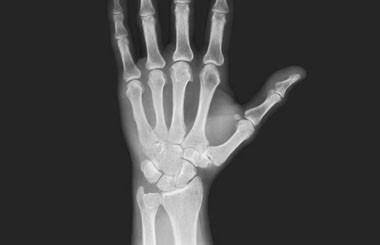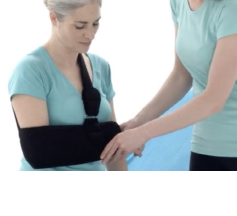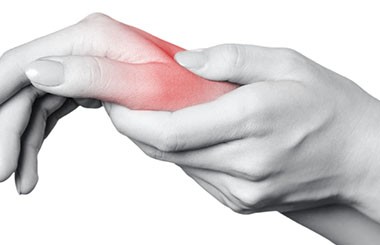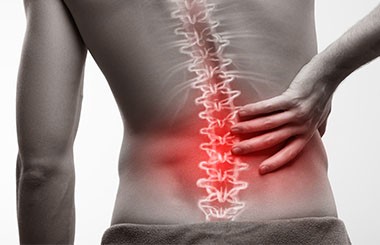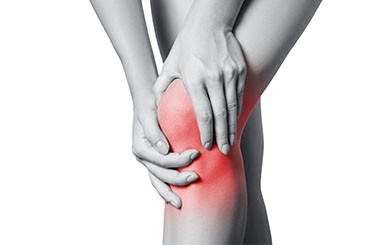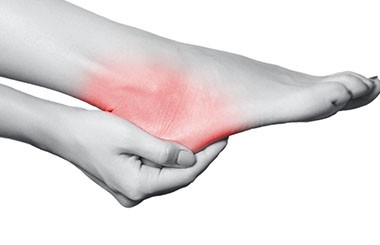The Musculoskeletal service provides care and treatment for soft tissue injuries, fractures and dislocations.
Soft Tissue Injuries
Soft tissue refers to the muscles, tendons, cartilage and ligaments in the body, alongside fat and fascia. These differ in both function and structure from hard tissue, such as bones.
Soft tissue refers to the muscles, tendons, cartilage and ligaments in the body, alongside fat and fascia. These differ in both function and structure from hard tissue, such as bones.
Examples of soft tissue injuries are:
- Bruising: Damage to the small blood vessels which bleed and as a result, produce the typical purple colour and swelling.
- Sprain: Refers to the stretching / tearing of the ligaments at a particular joint.
- Strain: Refers to an injury to a particular muscle or tendon. These can vary from low level, to higher grade tears
Full ruptures / tears of soft tissues can also occur alongside significant bruising that does not disappear within 2 weeks.
The 3 most common symptoms of soft tissue injuries are pain, bruising and inflammation. The severity of each is dependent on the level of the injury. Other symptoms that can be present are;
- Swelling
- Local stiffness
- Muscle cramping or spams
- Difficulty weight-bearing
- Feeling of weakness in the affected region
- Restriction in joint range of movement
Go straight to A&E if:
- You have a new and visible deformed or misshapen part of your body
- The pain was caused by a serious fall or accident (eg. a fall from height or high speed road traffic collision)
- A recent fall or trauma if you have osteoporosis
- You're unable to move your joint or put any weight through your leg
- You have pain with a temperature and feel unwell, especially after recent surgery or injections in the area - this can be a sign of infection
You should see your doctor if you:
- Have pain that doesn’t show any signs of improvement, within a couple of weeks of self help
- Have pain that has rapidly deteriorated or suddenly worsened despite self help
- Have a history of inflammatory arthritis, immuno-suppression, cancer, Tuberculosis (TB), drug abuse, AIDS or other infection
- Feel unwell, have a fever, or unexplained weight loss
- Are experiencing significant and regular changes to your usual sleeping pattern
- Have complete loss of function, severely restricted range of movement and can recall hearing a pop or tear at the time of injury.
- Have severe numbness / altered sensation / pins and needles
- Have a new hard, immovable lump / mass appears
- Have similar symptoms occur on the opposite side of the body
If you do not have any of the above, you may be able to effectively self manage your condition.
- Overuse: Repetitively overusing the same muscle group, such as painting and decorating for a prolonged period.
- Overloading: A sudden increase in load to a particular muscle group can result in a soft tissue injury. Overloading tends to mean exercising at a greater level than you are normally used too. For example, lifting an object which is heavier than usual or suddenly increasing your normal activity.
- A Fall or Slip
- A sudden change in direction: Twisting, turning or overstretching are all examples of movements that can cause an injury.
- Blunt force: A blow to the body, such as dropping something on your foot.
There are 4 stages of soft tissue healing:
- Immediate – Occurs immediately following an initial injury. Lasting on average for 4-8 hours, this phase consists of a bleed local to the injured area, commonly resulting in bruising and tenderness.
- Early stages – Swelling and redness starts rapidly around 6-8 hours after an injury, and at its most active 48 hours after injury. It should start to reduce after 2-3 weeks, but can take much longer to fully disappear. Swelling is part of the natural healing process at this stage.
- Re-building – The body continues its repair process for a period of time which varies in duration, during which time you should start to notice some improvement.
- Finishing touches – Lasting from 3 weeks to up to 2 years, this remains the longest and final phase of healing. The overall healing time will vary depending on the severity of the injury and the individual factors such as age, medical conditions and lifestyle.
Unless you have a serious injury or have sudden continuous severe pain, you can usually treat your muscle injuries without having to see your doctor. If after 2 weeks of treating yourself you feel the pain isn’t any better or worsening, you should see your Health Care Professional (such as your doctor, a physiotherapist or FCP).
A diagnosis is normally made via an appointment with your Health Care Professional. This will usually involve a discussion surrounding the onset of your symptoms, the nature and severity of your symptoms and a functional assessment.
The majority of soft tissue injuries do not require imaging and tend to recover over a period of time.
There are varying phases of soft-tissue injury management which are listed below to assist with self-recovery.
Phase 1
Utilizing the R.I.C.E. acronym can be useful:
R = Rest – It is important to get a balance between rest and activity by Keeping Active
I = Ice – 10-20 mins every 2-3 hours is optimal. Follow our advice on cold treatment.
C = Compression – An elastic bandage may be appropriate to help reduce initial swelling, but should not be overly tight to restrict blood flow. This should only be used during activity and should not be relied upon.
E = Elevation – When and where possible, keep the injured area elevated to reduce pain and swelling.
Phase 2
Once signs of swelling reduce, gentle exercises can begin, working the affected area to a pain free low level.
Phase 3
Once basic movements can be completed and pain free, start to do a little bit more of your daily activities.
Phase 4
This stage is a return to your usual level of function or activity, which may include gardening, walking, arts and crafts, swimming, or gym activities. You should start to do your usual activities gradually and increase the amount you do over time.
Fractures
A fracture can also be called a broken bone, a cracked bone, or a chipped bone. A bone may be completely fractured where the break/crack is all the way through the bone creating two separate pieces. Or it can be partially fractured where the break or crack is there but does not go all the way through the bone keeping it in one piece.
- A serious fall or accident (e.g. a fall from height or a collision in sports) where the impact force is greater than the strength of the bone
- A recent fall or trauma if you have osteoporosis (bone density is reduced and the amount of force required to fracture a bone is much less with osteoporosis and so can occur with minimal impact)
- Repeated loading over a longer period of time. These are known as Stress fractures
- Downward pressure in the spine in people with osteoporosis may cause Wedge fractures
- Severe ligament sprains that can pull away a small piece of the bone. This is known as an Avulsion fracture.
Many fractures are very painful and may prevent you from moving or putting pressure through the injured area.
However if you have broken a bone you may:
- Hear or feel a snapping when the injury occurred
- Experience severe swelling, tenderness and pain around the injured area
- Notice immediate and extensive bruising in and round the injured area
- See a visible deformity where an area or bone looks out of place
- Feel pain when you touch, put pressure through or move the injured area
- Pain may also be felt with vibrations, such as being in the car on a rough road or speed bump
- In severe breaks, the broken bone may be poking through the skin.
If you suspect any of the above symptoms or think you have a fracture you should restrict movement of the area and seek urgent medical attention.
- If you think you may have broken your toe or finger, you can go to a minor injury unit or urgent care centre.
- Go to your nearest A&E for a broken wrist, arm or leg. Call 999 for an ambulance if the injury to the leg seems severe or you're not able to get to A&E quickly.
- Always call 999 for very severe suspected breaks, such as a broken neck or back or when the bone is protruding out of the skin.
Dislocations
Dislocation is an injury that happens when the bones of a joint are forced out of place. This injury can be very painful and can temporarily deform and immobilize the joint. A joint can be partially or fully dislocated. Due to the force required to dislocate, the bones involved may also fracture. The most common locations for a dislocation are shoulders and fingers, but can also occur in elbows, knees and hips.
A dislocation is often caused by:
- Extreme force, such as a trauma (car accident or fall)
- A blow during contact sports or ball sports
- The weakening of muscles and tendons.
You are at greater risk of Dislocation if the stability of the joint is compromised, such as:
- Following a joint replacement
- You have conditions such as Elhers Danlos Syndrome (EDS) or hypermobility
- You have previously dislocated the joint
- The joint is visibly deformed or out of place
- Pain and loss of movement at the joint, which increases the longer the joint is out of position
- Numbness or tingling at the joint or surrounding area
- Swollen or discoloured in the surrounding area
A dislocated joint is an emergency. If you have one, seek immediate medical attention. The longer a joint is out of place, the more painful it becomes and the harder it is to correct.
If after dislocation, the joint corrects itself, it is still advised to seek medical attention to ensure there is no damage which may cause long term issues with the area.

